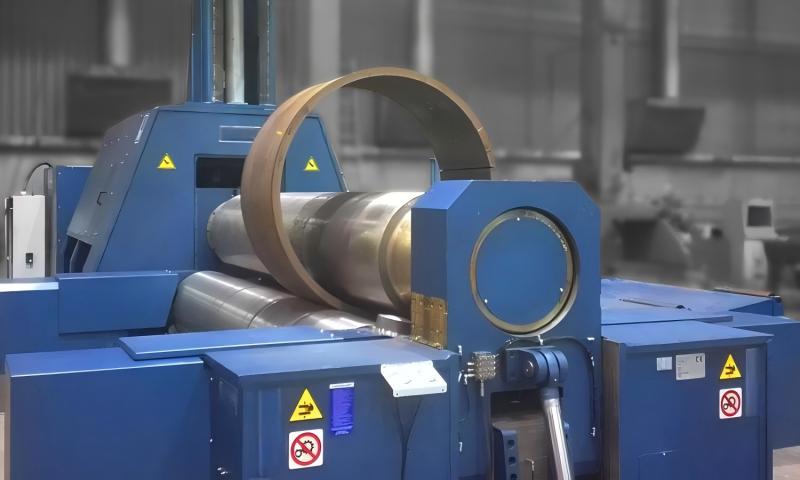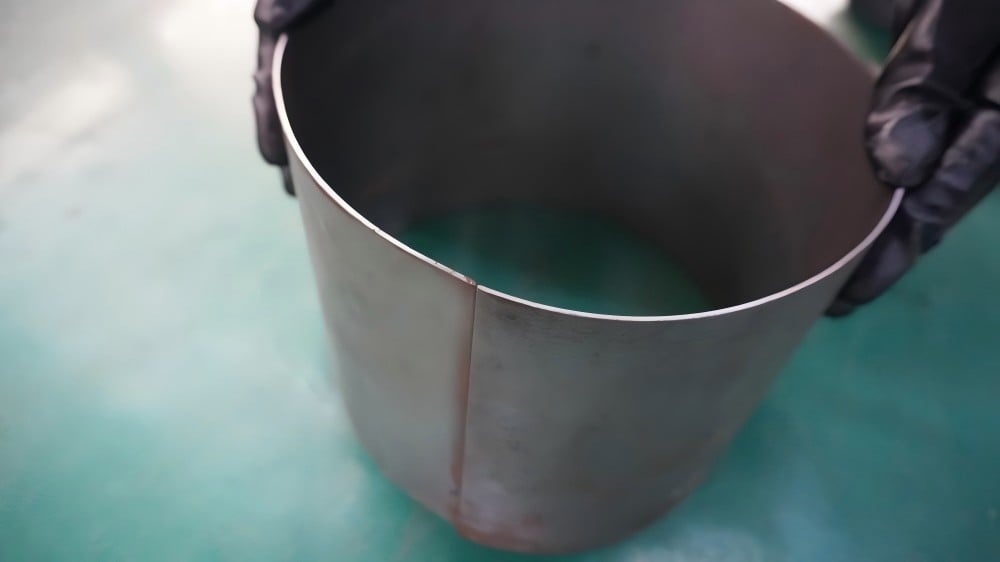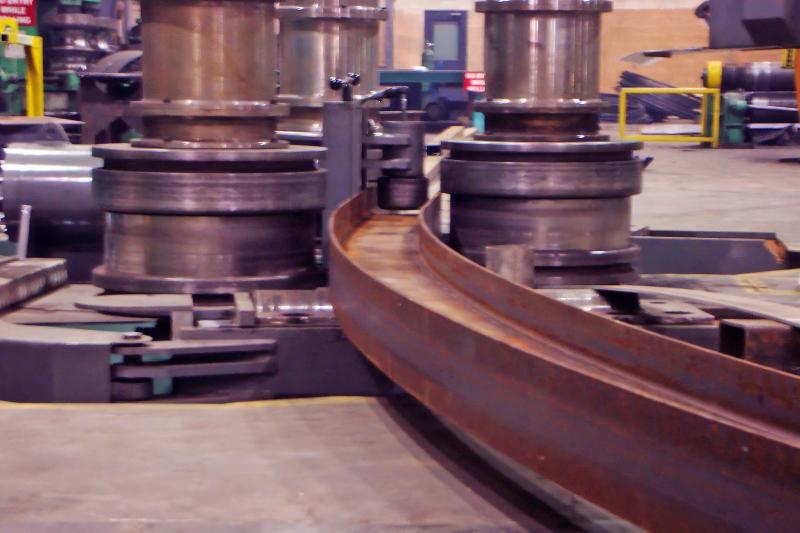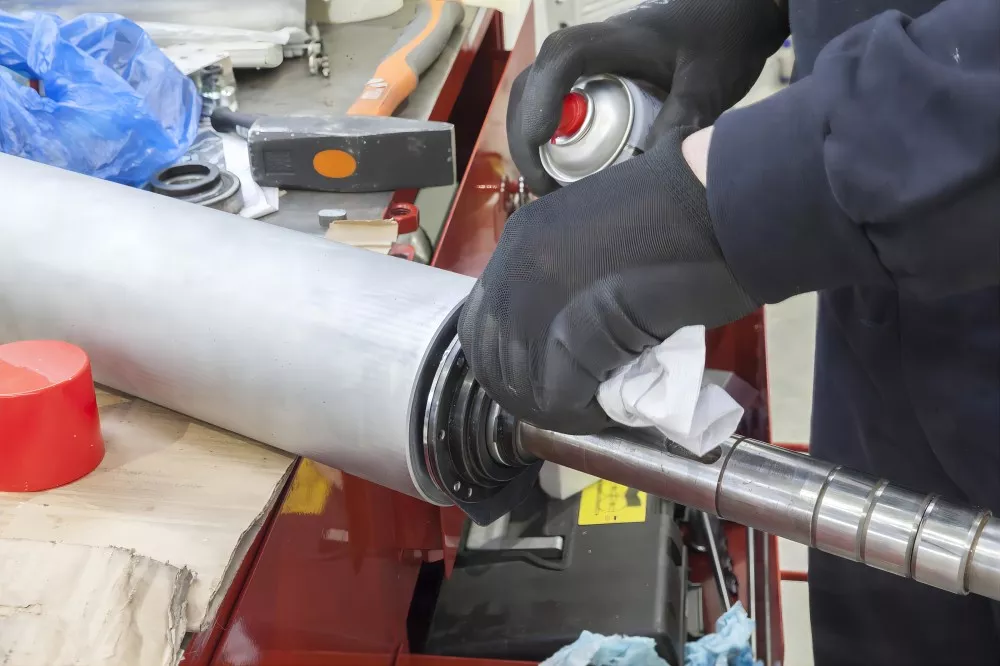Documentation Hub
Comprehensive technical manuals and guides to help you master HARSLE machines and optimize your metalworking efficiency
How Do Rolling Machines in Construction Industry Improve Efficiency?
Rolling Machines in Construction Industry are essential tools for achieving both precision and efficiency in today’s large-scale building projects. They shape beams, pipes, and metal sheets into accurate curves and forms that ensure structural integrity and meet tight deadlines. If you’re curious about how these machines can boost productivity while cutting down on labor costs, you’re in the right place. In this article, I’ll guide you through their setup, key applications, maintenance practices, and common FAQs, so you can clearly see how rolling machines add value to construction projects.
Setting Up Rolling Machines in Construction Industry
Preparing the Work Area

Before using a rolling machine, I always make sure the workspace is clean and safe. Removing any debris or unused tools prevents damage to the machine and the materials. A level working surface is also critical, as uneven flooring can impact the accuracy of the rolled profiles.
Installing the Material
To begin, I carefully load the beam, pipe, or metal sheet into the rolling machine. Proper alignment is essential to ensure a consistent curve. For construction applications, materials like steel beams or aluminum tubes must be securely clamped to avoid slipping during rolling.
Adjusting the Rollers for Precision
Each construction project requires specific radii or bends. By adjusting the top and side rollers, I can control the curve to match the project’s specifications. This step is particularly important for producing curved beams used in bridges or roofing frameworks.
Calibrating for Consistent Results

Calibration ensures that each pass produces the same bend angle and curve. I rely on digital measuring tools or laser guides to verify accuracy. Proper calibration reduces material waste and guarantees repeatable results for large-volume jobs.
Applications of Rolling Machines in Construction Industry
Rolling Steel Beams for Structural Frames

One of the most common uses of rolling machines in the construction industry is bending steel beams. These beams form the skeleton of stadiums, airports, and high-rise buildings. With precise bending, I can achieve curved designs without compromising strength.
Shaping Pipes for Infrastructure Projects
Rolling machines are also essential for shaping large-diameter pipes used in tunnels, pipelines, and drainage systems. Smooth and uniform bends allow the pipes to fit perfectly during installation, improving efficiency on-site.
Creating Metal Sheets for Roofing and Facades
In modern architecture, curved roofing and façade panels are in high demand. By rolling metal sheets, I can produce these aesthetic components with minimal material waste, ensuring both beauty and strength in construction designs.
Maintenance Tips for Rolling Machines in Construction Industry
Routine Inspections
I regularly inspect the rollers, hydraulic systems, and drive motors for wear and tear. Early detection of issues helps prevent breakdowns during critical construction schedules.
Lubrication and Cleaning

Keeping the rollers clean and properly lubricated ensures smooth operation. Dust, rust, or debris can cause uneven bending, which impacts both quality and efficiency.
Preventive Maintenance for Optimal Performance
I follow a preventive maintenance schedule based on machine usage hours. This includes tightening bolts, checking hydraulic fluid levels, and updating the control software if required.
FAQs
How do Rolling Machines in Construction Industry reduce labor costs?
By automating the bending process, rolling machines minimize manual labor, reduce rework, and complete tasks faster than traditional methods.
Can rolling machines handle different materials in construction projects?
Yes, they are versatile enough to process steel, aluminum, copper, and other metals commonly used in construction. Adjustments in roller pressure and speed ensure precision with different materials.
How do I maintain accuracy when using rolling machines for large beams?
Always calibrate the machine with measuring tools before starting a batch. Using side guides and laser alignment systems also helps maintain consistent accuracy.
Are rolling machines suitable for both small and large construction projects?
Absolutely. From small architectural features to large structural beams, rolling machines adapt to various project scales with the right settings and rollers.
Conclusion
Rolling Machines in Construction Industry are powerful tools that significantly improve efficiency by shaping beams, pipes, and sheets with precision and speed. From structural frameworks to architectural panels, these machines help contractors meet demanding project requirements while saving time and costs. By following proper setup and maintenance practices, I can ensure long-term reliability and consistent results.
If you’re looking to boost productivity in your construction projects or need expert advice on selecting the right rolling machine, don’t hesitate to contact our team at HARSLE for professional support and guidance.













